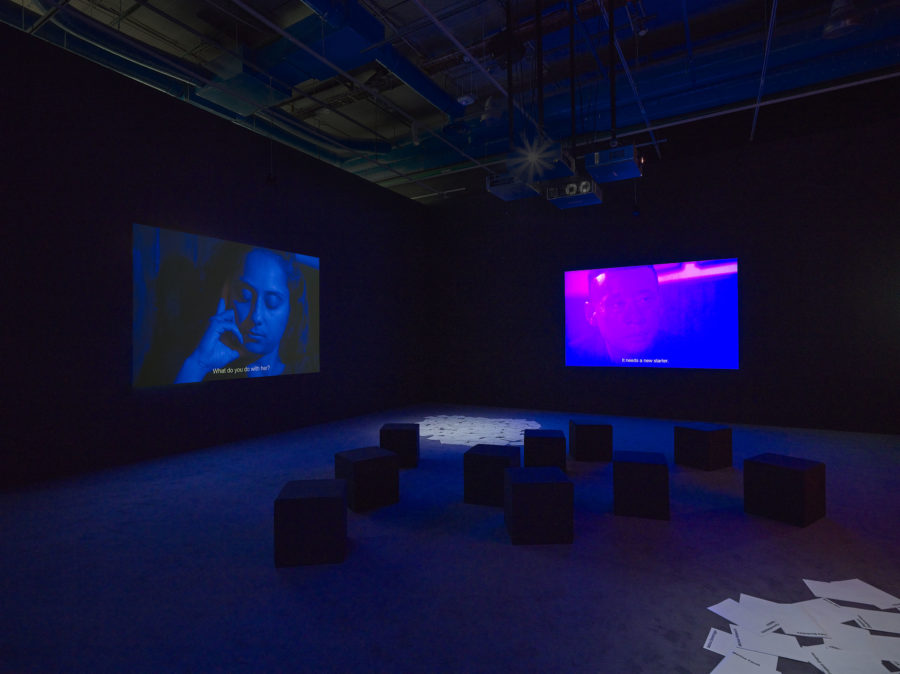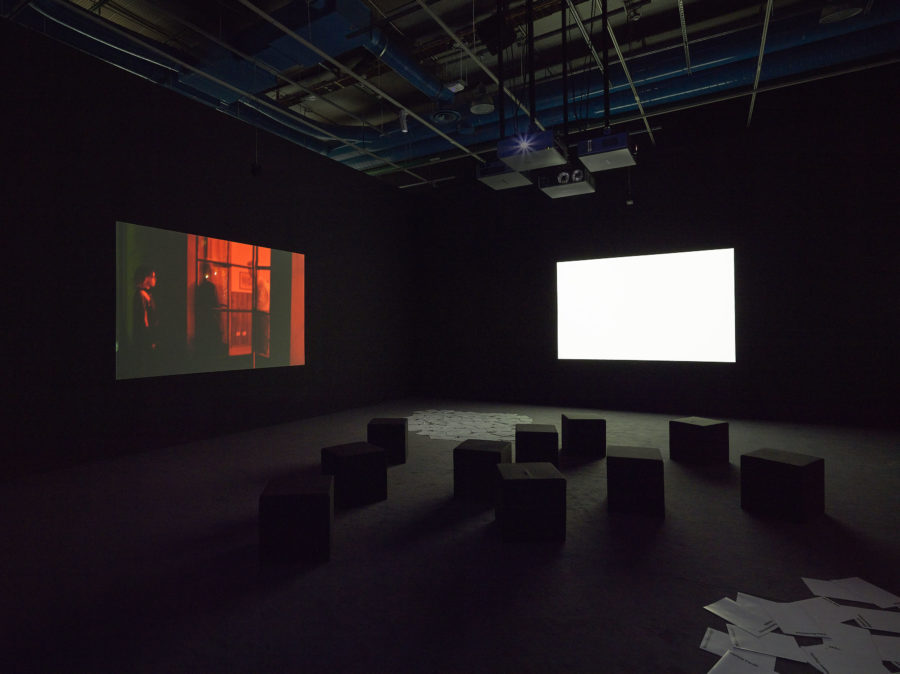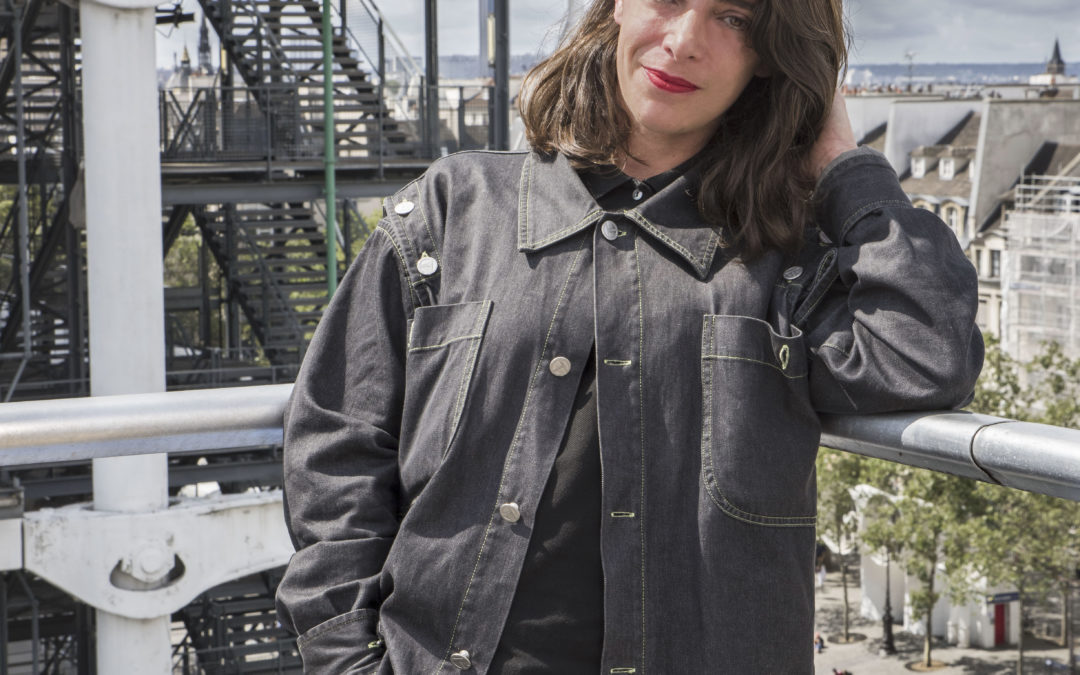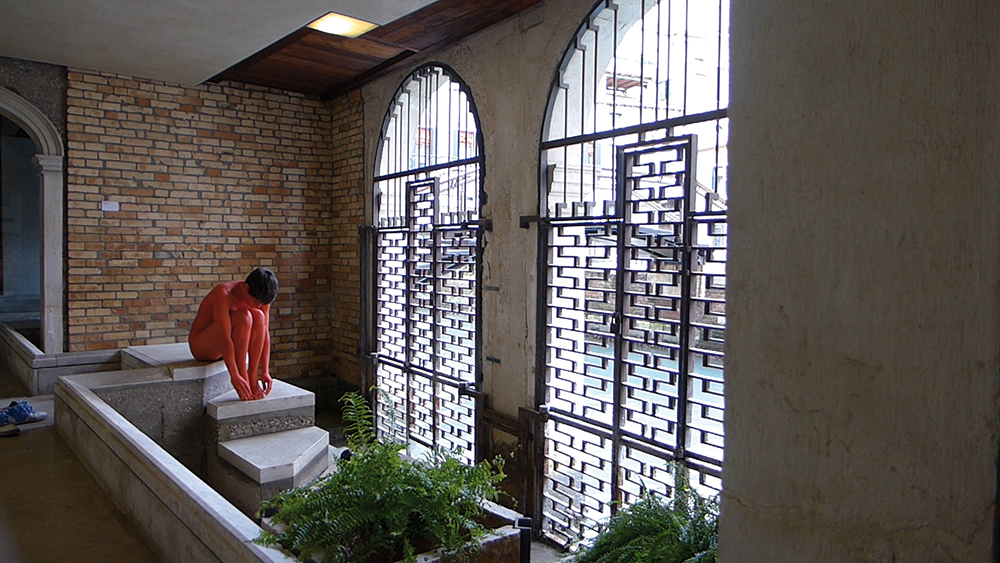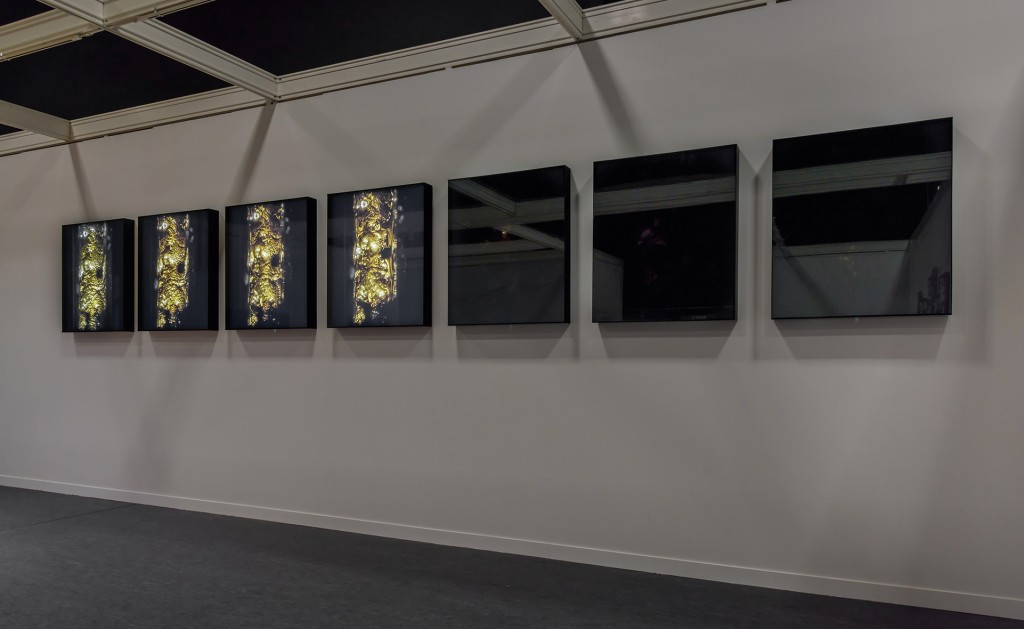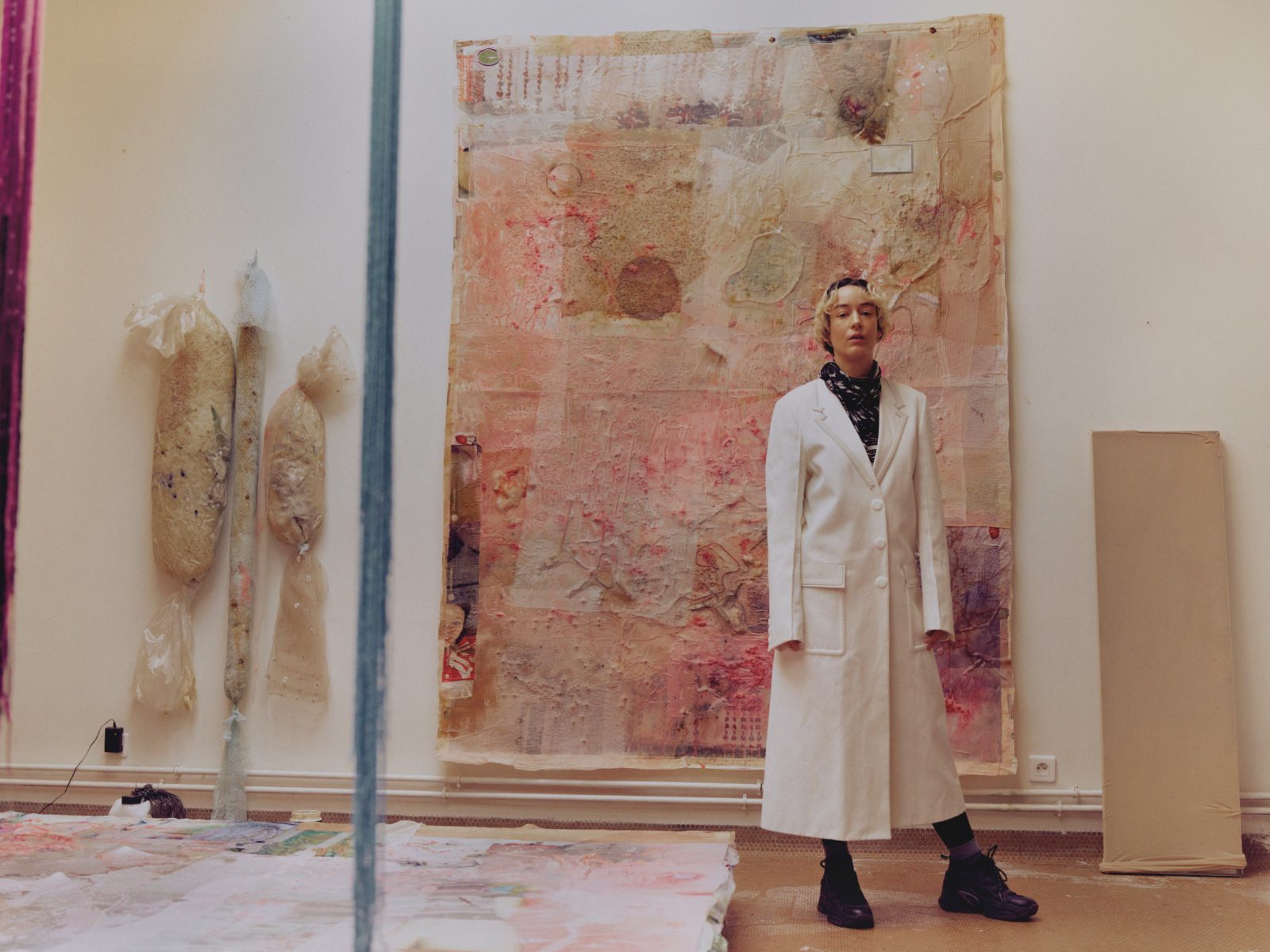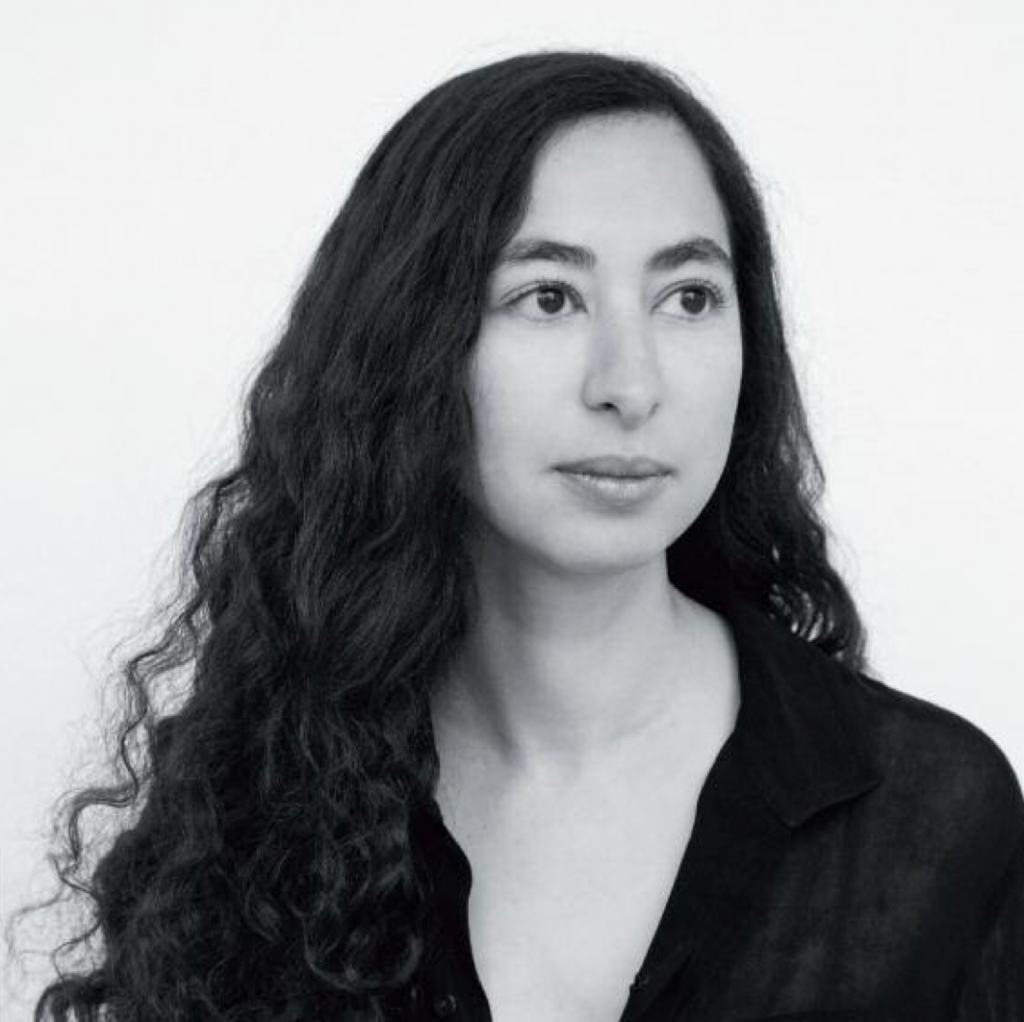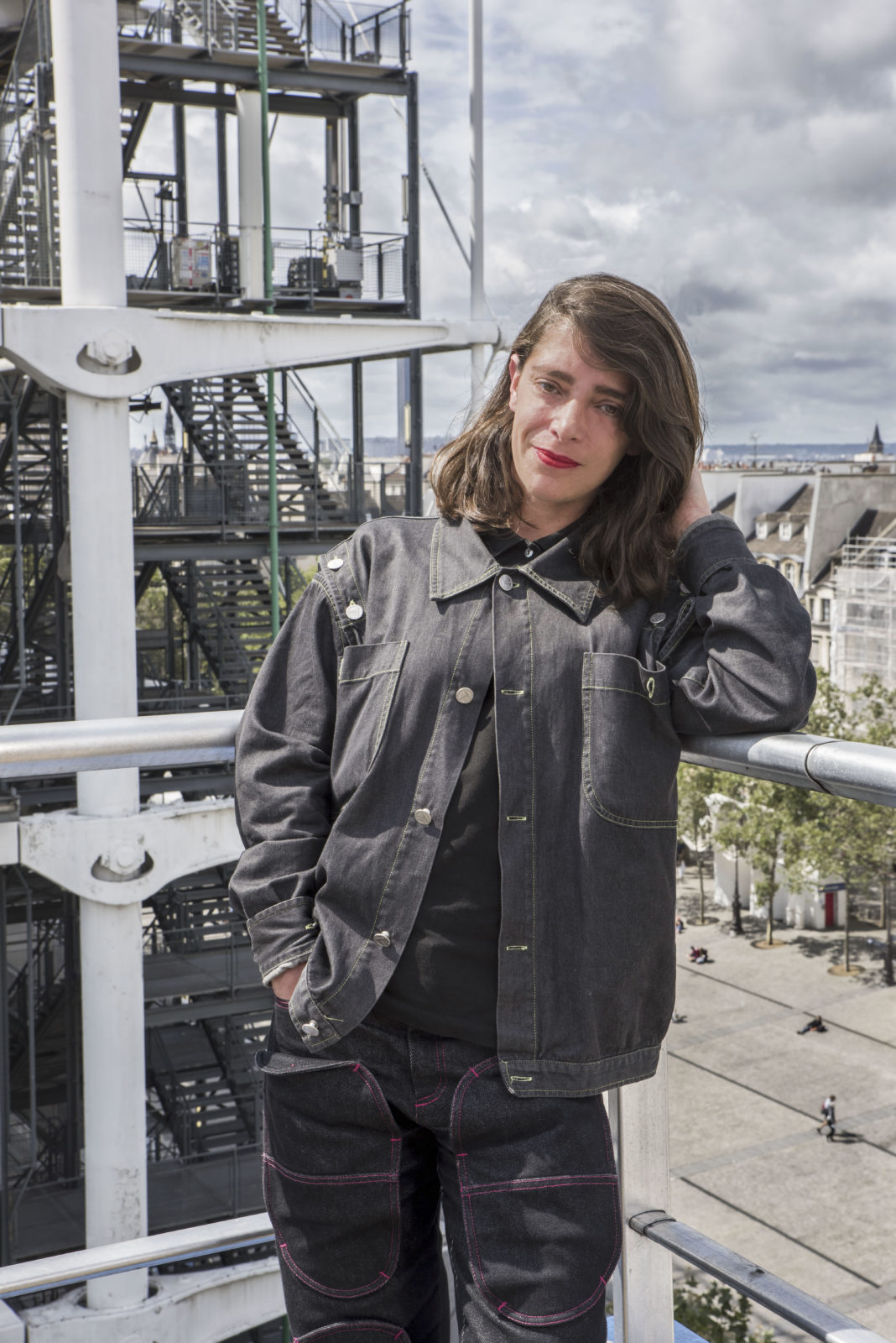
LILI REYNAUD-DEWAR WINS THE MARCEL DUCHAMP PRIZE 2021
By Crash redaction
Selected last night, by a panel of seven personalities – (Xavier Rey, Claude Bonnin, Leon Amitai, Shalva Breus, Emma Lavigne, Akemi Shiraha, Annabelle Ténèze,) – Lili Reynaud Dewer was awarded the Marcel Duchamp prize at the Centre Pompidou, in Paris.
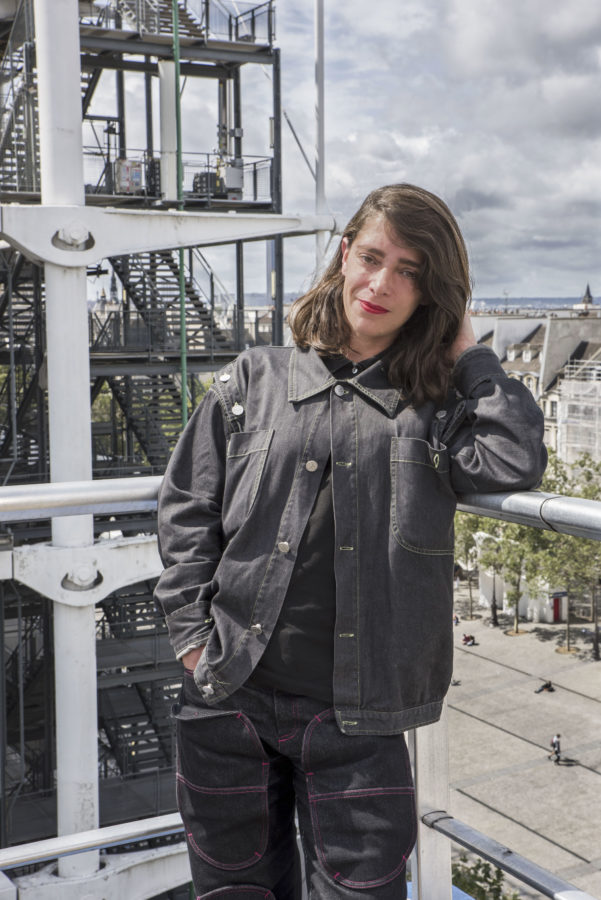
ON EXPOSURE BY LILI REYNAUD-DEWAR
By Dorothée Dupuis
In the space of just a few years, Lili Reynaud-Dewar has burst onto the international art scene with a body of work exploring the ambiguity of notions like intimacy, identity, and origin, while challenging the distinction between public and private space through sculpture, video, and performance. Invited by Okwui Enwezor to this year’s Venice Biennale, she spoke to us about her project, “The Small Modest Bad Blood Opera,” a contemporary fable on issues of sex, vulnerability, responsibility, and sharing.
Since completing your art degree about 12 years ago – and prior to that your public law degree – you have moved away from a practice based on sculpture and installation to develop a more complex system of production that includes video, performance, and even conferences incorporating your writing practices – a remnant of your long career as an art critic, which we will go into later. Your first performances used performers selected for their physical qualities or specific skills; but in 2012, you began inserting yourself into videos that have come to constitute the core of your work. These silent films show you dancing nude in different spaces, primarily art spaces, first painted in black, but now in other colors as well: recently in gray, and now in red for your installation this month at the Venice Biennale. How did you arrive at this idea? More specifically, how did you decide to insert yourself into your work?
The original idea behind these videos was to restore a sense of balance with performers I had previously worked with (my friends, students, family): that meant exposing myself to the same situations I had asked them to confront by performing in my pieces, such as the politically incorrect and ethically ambiguous act of covering themselves in black makeup, and doing other somewhat silly things: all very elegant and silent actions, but still a little embarrassing. But I figured I might as well take things a bit farther, so I wanted to appear entirely nude and dance. Of course I never imagined I would end up using this practice so regularly. I had no idea it would turn into a sort of journal, a chronicle of my journey from one space or institution to another. The very first videos were shot in my studio, still a more or less private space where I was exposing myself to a lesser degree than when I later danced in different exhibition spaces.
In your work you like to appropriate familiar and identifiable forms that are often related to pop culture. You are interested in their history: how they were fashioned by their political, historical, and moral contexts. Referencing these forms, sometimes in a very literal way, seems to be a way for you to participate in this vernacular culture, while still situating your work in the sphere of contemporary art, a space that allows you to stage these same frictions. Your project for Okwui Enwezor’s international exhibition at the Venice Biennale is an opera that deals with one of the major issues of the late 20th century, namely the AIDS epidemic. Composed by your boyfriend Macon and sung by you and your students, the exhibition functions like a sort of installation comprised of large curtains of text, handmade speakers stained with ink (a recurring image in your work that references writing as much as bodily and sexual fluids), and the famous videos of you dancing nude, this time covered in red paint (like a virus, you told me), at several exhibition spaces and palazzi throughout Venice. What is the origin of each of these elements? And what type of dialogue takes place between them?
Yes, it’s true that I am often very direct and literal, even in the way I install things and objects. I also like text – most often literary text – to have a strong presence: something akin to the slogan, the typical protest material, or declamation. At the Kunsthalle Basel in 2010, I printed pamphlets written and preached in the street by Sun Ra in the 1950s onto huge cardboard panels. The texts were originally typed by typewriter on standard paper. Blowing them up gave them an imposing materiality that resonated with Sun Ra’s urban performance, with his efforts to preach and attract attention, and more generally with his excess and formal extravagance. The Venice opera approaches that as well, since the libretto I wrote, which is actually a sort of metaphorical dialogue between AIDS activists and a lone character defending his right not to protect himself against the virus, is painted on vast, brightly colored curtains. The colors are chosen to resemble a contemporary decorative motif, which are not always in the best taste. Today we may be able to sing about AIDS, its history, and its melancholy, but this would have been unthinkable 10 years ago. I like kitsch, camp, artifice, because they allow me to approach seemingly “difficult” issues from another angle. I also like working with musicians, and music is an important part of my life and my work. I thought this existential question about sexuality and responsibility deserved to be put into music. I thought I should emphasize the melancholy and emotion that belong to the history of AIDS and to sex in general (which can also cause you to sing on occasion: an orgasm like a long lamentation…).
In “Mon épidemie,” the lecture about barebacking you have given over the last few months and that will be appear during the Venice exhibition in an anthology of critical texts published by Paraguay Press, you mention two literary projects dealing with AIDS, by Guillaume Dustan and Tristan Garcia, and you talk about how they depict alternatives to or confirmations of dominant modes of thought. In the text you very clearly express your preference for Dustan’s project – and his so-called unjustifiable position in favor of unprotected sexuality – in that he distances himself from an ethical point of view and exposes the hypocrisy in the concepts of freedom and responsibility. On the other hand, the opera allows you to stage two different points of view, leaving the viewer uncertain as to your own position. What is at stake in the opera that is not already expressed in the text? Why use art to talk about politics? Do you define yourself as an “activist” artist?
First of all, I don’t think the opera defends an unjustifiable position with its implied defense of barebacking. It defends a position that is questionable, but one that should have its place in the public debate around disease and sexuality. What inspired me to tackle this question was the early 2000s quarrel between Guillaume Dustan (who wrote about having sex without condoms at the height of the AIDS crisis) and Act Up, which took on an incredibly violent tone. There was a call to exclude Dustan’s positions from the public debate and to radically ostracize his views. Now we are producing new prophylactic methods – like Truvada, a prescription drug used to chemically prevent infection before engaging in at-risk sexual relations – and in turn we are opening new debates in the field of prevention. We now openly express and make use of positions that we once deemed unjustifiable, since to develop Truvada, volunteers had to engage in these same at-risk sexual practices in order to take part in the trials. Of course, these are new moral questions intimately bound up with our notion of therapeutic progress. But I think it’s interesting to see how certain forms of discourse that were once reviled and exiled now serve to develop new forms of prevention and treatment. My work does not dispense justice, and it is not activist art either, but it aims to introduce intimate and political positions into spaces that are not necessarily designed to receive them (such as many art spaces, especially now that the market is such an omnipresent force) and through forms that are not necessarily suited to express them (decorative, musical, artificial)… I’m not quite sure what pushes me to do that, no doubt a spirit of confrontation, a desire to defy the limits of the spaces available to me, a flare for games and provocation, a taste for literature? I started working with performers because I wanted sculptures to “speak a bit more.” Their silence and abstraction was never enough for me. Now my work is garrulous, maybe it is trying to introduce things that are not adapted to art. But ultimately I think it’s a good thing to force new connections and unnatural associations to come about.
Do you think we lack a degree of permeability in contemporary society, despite the irrational demand for ever more transparency? How sustainable is that situation? Because we also need spaces for rest, intimacy, silence, and not just spaces of exhibition and risk… Can art provide these spaces?
I would prefer vulnerability over transparency. To me, transparency seems like a modernist ideal, and one that is also very capitalistic, in every sense of that term. It’s difficult for me to view it as an ideal… On the other hand, taking vulnerability as an ideal seems like a noble political project in my eyes. Not protecting yourself also seems like a way to emancipate yourself, to remain open to different forms of transmission. But I mean that more in an emotional sense, rather than in the purely prophylactic sense which, taken to the extreme, would mean putting yourself purely and simply in danger. I don’t mean it in a cheap way either, which would lead instead to accepting everything and no longer opposing anything. Opposition is necessary. Of course, this kind of vulnerability and permeability poses a certain danger to society, but I don’t think my work as an artist is to ensure that social institutions function properly… In fact I’m interested in new types of associations, new encounters and exchanges, be they emotional, sexual, friendly, verbal, or nonverbal. For me, not protecting myself may mean dancing nude, teaching in my hotel room, inviting artists I don’t know very well to show their work in my studio without turning it into a public event (as in a current project I called “Maladie d’Amour”), working in anachronistic forms, and also publishing texts I wrote a long time ago and from which I often feel totally estranged… That is what it means to make yourself vulnerable.
